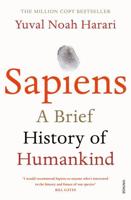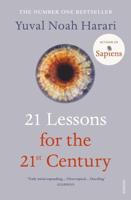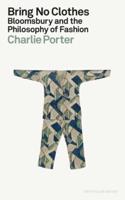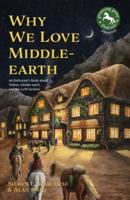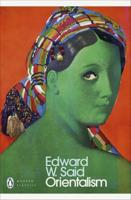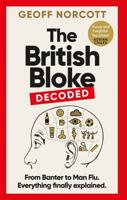Publisher's Synopsis
Excerpt from Dutch New York
Numerous as are the books that have been written about this Metropolis of the Western Hemisphere, I venture to hope that there is room for one more, especially one that deals with the life, hardships, struggles, manners, customs, joys, sorrows, beliefs, superstitions, and worldly possessions of the first white settlers in New Netherland. In the following pages I have tried to reproduce the daily life of the Dutch burgher in New Amsterdam, rising with him in the morning; describing his house and garden or farm, his furniture, and his costume; accompanying him through the day to his morning prayers, his break-fast, his counting-house, his midday meal, his after-noon recreation, his evening meal and devotions; accompanying him also to church and to the tavern; describing his family - christenings, courtships, weddings, and funerals, as well as the great festivals of the year - Saint Nicholas' Eve. New Year's Day, Twelfth Night, Shrovetide, May Day, Whitsuntide, Saint Martin's Eve, the Kermit, and other merry-making. I have also described his wife's activities in the household, her cleaning. marketing, and cooking. I have also fully depicted the condition of domestic servitude and schooling in the colony. I have not devoted much space to identifying old landmarks, or describing the courses of the original streets and canals, or the sites of many of the homes mentioned in the text. About the Publisher Forgotten Books publishes hundreds of thousands of rare and classic books. Find more at www.forgottenbooks.com This book is a reproduction of an important historical work. Forgotten Books uses state-of-the-art technology to digitally reconstruct the work, preserving the original format whilst repairing imperfections present in the aged copy. In rare cases, an imperfection in the original, such as a blemish or missing page, may be replicated in our edition. We do, however, repair the vast majority of imperfections successfully; any imperfections that remain are intentionally left to preserve the state of such historical works.
